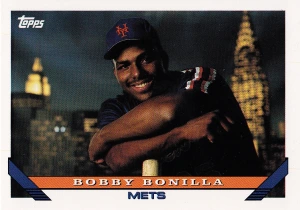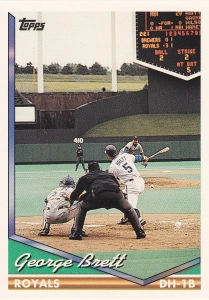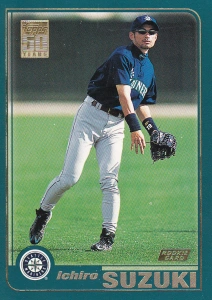Later this week I will be flying into Newark airport and after a brief stay with a friend, will be on my way to Cooperstown. I’m going there primarily to see Ken Griffey Jr. get inducted, but Mike Piazza is the other headliner. In honor of his upcoming induction, I thought I’d do a Mascot post for the team whose logo he’ll be wearing (I’d have picked the Dodgers, but hey – I see both ways).
Mascot/Team: Mr. Met (New York Mets, 1964-current)
Background: Mr. Met’s origin is shrouded in a bit of mystery. According to lore, he was born in April 1962 when the Mets played their first game. His first appearance was as a drawing on the yearbook and scorecards for the team’s 2nd year in existence (1963).
Who gets credit for that drawing has been lost to time and history – but there’s an interesting ESPN article about a graphic designer, Rheingold beer and an early sketch. The one thing I’d say – Mr. Red’s use in Cincinnati ballpark souvenirs predates the Mets very existence, so I don’t think anyone can claim Mr. Met’s design as an original idea.
In 1964, Mr. Met became the first MLB live mascot, making his first appearance as the Mets moved into Shea Stadium. Dan Reilly was the man behind the mask for the first years.
He was around for about a decade, then got phased out and was MIA for nearly 20 years. The Mets tried a Mule and no mascot at all for a bit, all while mascots like the Famous Chicken and Philly Phanatic became popular. The Metropolitans brought him back in 1994 via a promotion with Nickelodeon, and he could be found at Shea Stadium once again. He became the first MLB mascot to travel with the team overseas, traveling to Japan to help root his team on against the Cubs in the 2000 season opener.
He moved to Citi Field with the team in 2009, and is still one of the most popular mascots in all of sports.
Outside of baseball: Mr. Met has been featured in quite a few SportsCenter commercials, most notably with his family – Mrs. Met and the kids.
Baseball card connection: Mr. Met has been in a number of the Opening Day Mascot card sets recently, but his first mainstream cardboard appearance was in 2006 as part of Upper Deck’s mascot set.



































